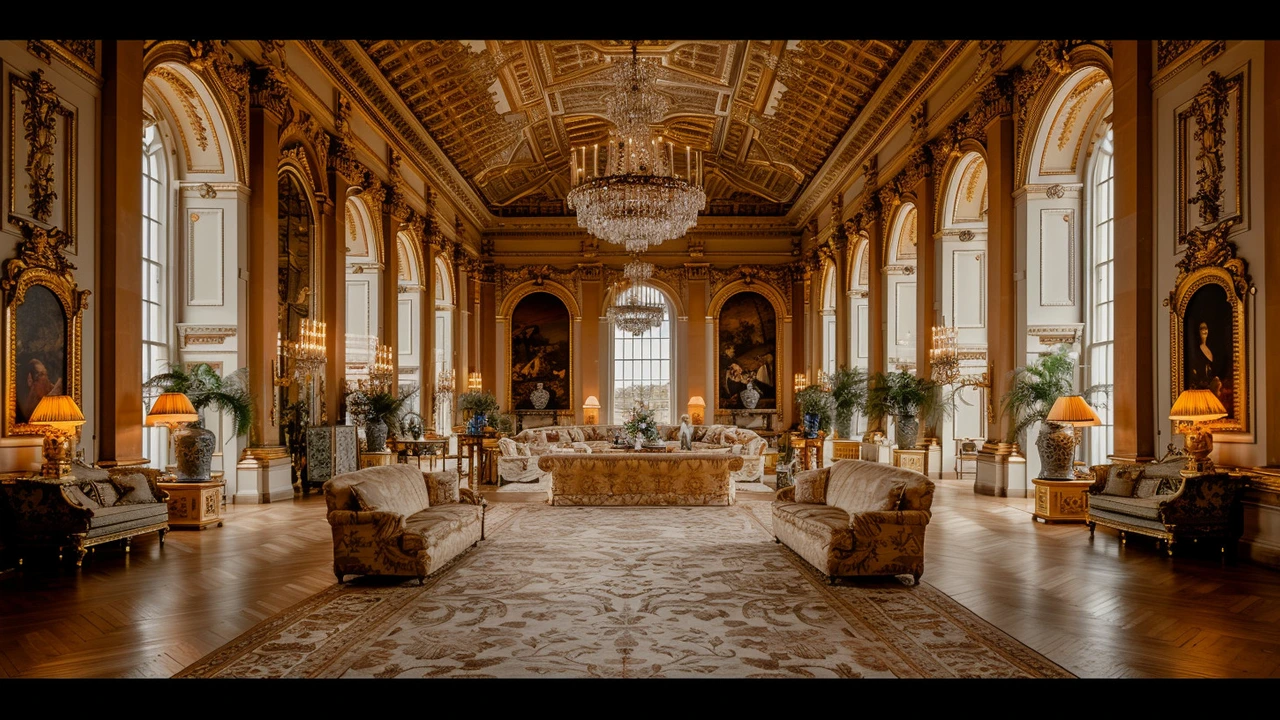Rococo is an 18th-century art movement known for its ornate and romantic style, breaking away from the rigid forms of the previous Baroque era. This article explores its origins, characteristics, key artists, and its lasting impact on the art world. Discover how Rococo's emphasis on creativity and decoration influenced not just painting but also architecture, sculpture, and interior design.
Decorative arts in architecture: quick guide to spotting, using, and caring for ornament
Decorative arts aren't just pretty extras. A cornice, tile pattern, or carved column can tell you when a building was made, who built it, and what mattered to the people who used it. Want practical ways to read and reuse ornamentation? This page gives clear tips you can use today.
How to spot the style and read the story
Start with three questions: what material is it, what's the main motif, and where is it located? Stone carvings and heavy cornices often point to Beaux-Arts or Baroque. Clean lines, metal, and exposed structure tend to mean High-Tech or Bauhaus influences. Look at repeat patterns—Greek keys, floral friezes, and sash-window grids are reliable clues.
Pay attention to scale. Large, dramatic decoration on public buildings suggests civic pride or power. Smaller, handcrafted details on homes—built-in cabinets, leaded glass, wood trim—often come from Craftsman or Colonial traditions. Photos help: take a close-up of the detail and a wider shot for context.
Practical ways to use decorative arts in modern design
You don't need to copy a whole style to get its feel. Pick one motif—an arch, a tile pattern, or a molding—and repeat it in small doses. For example, a simple cornice profile can be translated into a shelf detail or skirting board. Terracotta tile patterns work great as backsplashes or stair risers to add warmth without overwhelming the room.
Mixing old and new works when you keep scale and material in mind. Pair a modern concrete floor with vintage metal light fixtures, or use classical moldings painted in a flat, contemporary color. That contrast keeps the space honest: it shows where the decorative element came from while letting modern design lead.
If you own or renovate an old building, document everything before you touch it. Photos, notes, and simple sketches avoid losing small but important features. Salvage smaller decorative pieces—rosettes, brackets, tiles—and reintroduce them in new spots like a kitchen island face or a hallway gallery wall.
For repairs, match the original material whenever possible. Plaster repairs should use compatible mixes; replacing a carved stone with cheap cast resin will look wrong and age badly. When unsure, consult a conservator or an experienced contractor for a short assessment—spending a little now saves larger fixes later.
If you want to learn more, browse related posts on this tag: Beaux-Arts, Greek Revival, Renaissance, Colonial, and Craftsman articles all show real examples and clear photos. Pick one building style, study the repeating motifs, and try applying one idea in a small project. Small changes can make a space feel intentional and rooted in history.
Got a photo of a decorative detail you don't recognize? Send it to a local forum or the comments on our site. People love identifying tiles and moldings—it's a fast way to learn and connect with others who care about design and history.

